Disclosure: This article contains affiliate links. We may earn a commission from purchases at no extra cost to you, which helps our travel content.
As I stand on the stern of a gleaming catamaran, watching Suva's harbor fade into the distance, I'm reminded why Fiji's 333 islands have captivated me since my first visit fifteen years ago. The archipelago's true magic lies beyond the mainland of Viti Levu, scattered across azure waters in hidden pockets of paradise that demand both determination and strategy to reach. For the discerning traveler seeking authentic experiences without sacrificing comfort, mastering Fiji's inter-island transportation network transforms a standard tropical holiday into an extraordinary expedition through one of our planet's most diverse marine ecosystems.
Planning Your Island-Hopping Strategy
Navigating Fiji's scattered archipelago requires thoughtful preparation, particularly when coordinating for a group. My recommendation is to establish Suva as your base of operations rather than the more touristy Nadi. The capital offers superior infrastructure, authentic cultural immersion, and crucially, access to the less-frequented eastern islands.
Before departure, I always create a detailed island matrix—a personalized spreadsheet cataloging each destination's unique offerings, transportation options, and accommodation standards. This proves invaluable when traveling with groups whose interests may span archaeological sites, diving opportunities, or cultural experiences.
For seamless coordination, I've found a dedicated satellite communicator indispensable. Cell service becomes increasingly unreliable as you venture to outer islands, and this compact device ensures your group maintains communication capabilities regardless of location. The ability to send text messages, track your journey, and access SOS services provides peace of mind when exploring remote limestone caves or distant coral atolls.
I also recommend investing in a high-quality waterproof dry bag for each member of your party. These durable bags protect cameras, documents, and electronics during boat transfers where splashing is inevitable, especially when navigating the occasionally choppy waters between the Lau Group islands.
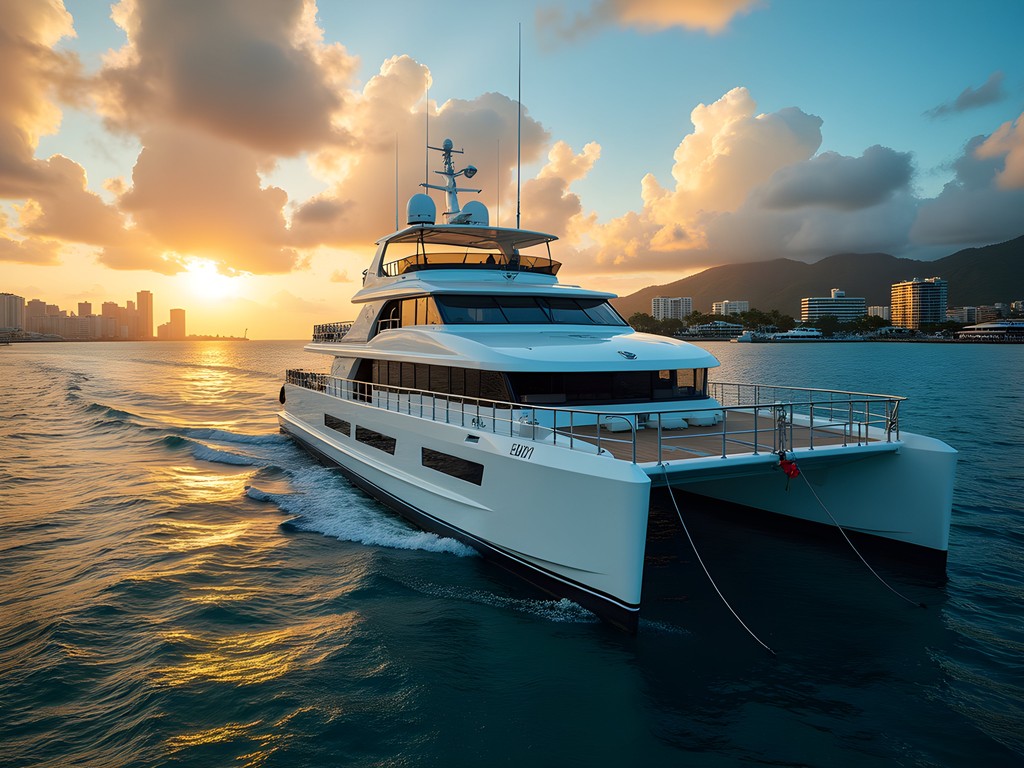
💡 Pro Tips
- Book inter-island transportation at least 3 weeks in advance during summer season
- Maintain flexibility in your itinerary as weather conditions can alter schedules
- Consider chartering for groups of 6+ as it often becomes more economical than individual tickets
Luxury Maritime Options: Private Charters & Boutique Cruises
For groups seeking the pinnacle of Fijian island exploration, private yacht charters represent the gold standard in flexibility and comfort. During my recent expedition documenting the lesser-known cave systems of the Yasawa Islands, our group of eight chartered the 72-foot Tui Tai catamaran, which proved to be the optimal balance of luxury and functionality.
The advantage of chartering extends beyond mere comfort—it grants access to secluded bays and pristine reefs inaccessible to larger vessels. One afternoon, our captain anchored near a nameless islet where we discovered an untouched reef system teeming with rare blue ribbon eels, a sighting that would have been impossible on conventional routes.
For those preferring structure without sacrificing exclusivity, boutique cruise operators like Blue Lagoon Cruises and Captain Cook Cruises offer small-vessel itineraries that accommodate 30-60 passengers. These curated journeys provide access to remote destinations while maintaining high service standards. I particularly recommend their specialized archaeological expeditions to Levuka on Ovalau Island, Fiji's former colonial capital and UNESCO World Heritage site.
Regardless of your maritime selection, I never embark without my underwater camera. The crystal clarity of Fiji's waters demands documentation, particularly around the vibrant soft coral formations of the Namena Marine Reserve. The latest model's enhanced stabilization proves invaluable when capturing footage during inter-island transfers.
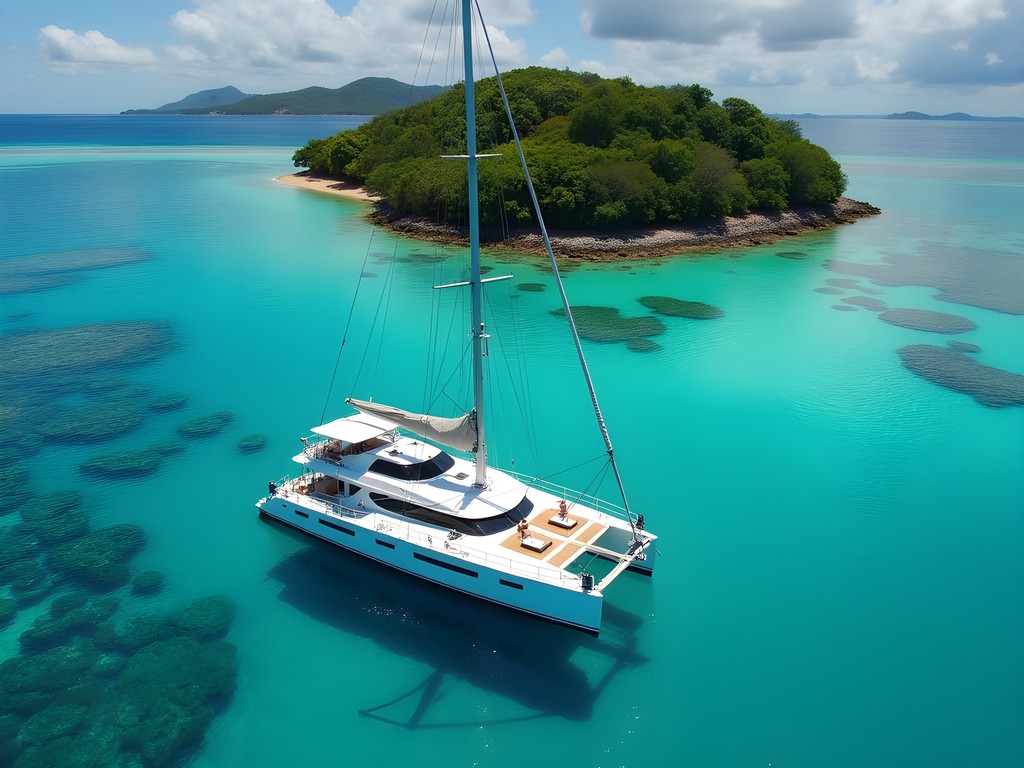
💡 Pro Tips
- Request detailed vessel specifications when chartering—fuel capacity directly impacts your exploration range
- Book charters 4-6 months in advance for summer season availability
- Consider split-charter arrangements with other small groups to reduce costs
Navigating Fiji's Regional Ferry Network
While private options offer unparalleled flexibility, Fiji's comprehensive ferry network provides a cost-effective alternative for groups willing to embrace a more authentic local experience. The primary inter-island operators—Patterson Brothers Shipping, Goundar Shipping, and Bligh Water Shipping—connect Suva to major island groups including Vanua Levu, Taveuni, Kadavu, and the Lomaiviti Group.
During my anthropological research expedition to document traditional fishing practices in Kadavu last summer, our research team utilized the Fiji Princess ferry. The vessel offers three distinct cabin classes, with Premium providing air-conditioned comfort and priority boarding—essential considerations when traveling with research equipment during Fiji's humid summer months.
For overnight journeys, particularly to the more distant Lau Group, I strongly recommend securing a private cabin rather than the standard seating options. The modest additional expense guarantees crucial rest before arrival. On my most recent passage to Lakeba Island, I utilized my sleep mask which proved invaluable in blocking the persistent cabin lighting.
Ferry schedules fluctuate seasonally and sometimes change with minimal notice—a reality of island life that requires adaptation. I maintain relationships with local fixers in Suva who provide real-time schedule updates, a service particularly valuable for coordinating group movements. For those without such connections, the Marine Services office near Suva's Princess Wharf offers the most reliable information.
When navigating ferry terminals with groups, I employ a luggage tracker in each checked bag. The chaotic nature of loading procedures occasionally results in luggage being misrouted to incorrect destinations—a situation I've experienced twice when traveling to Savusavu.
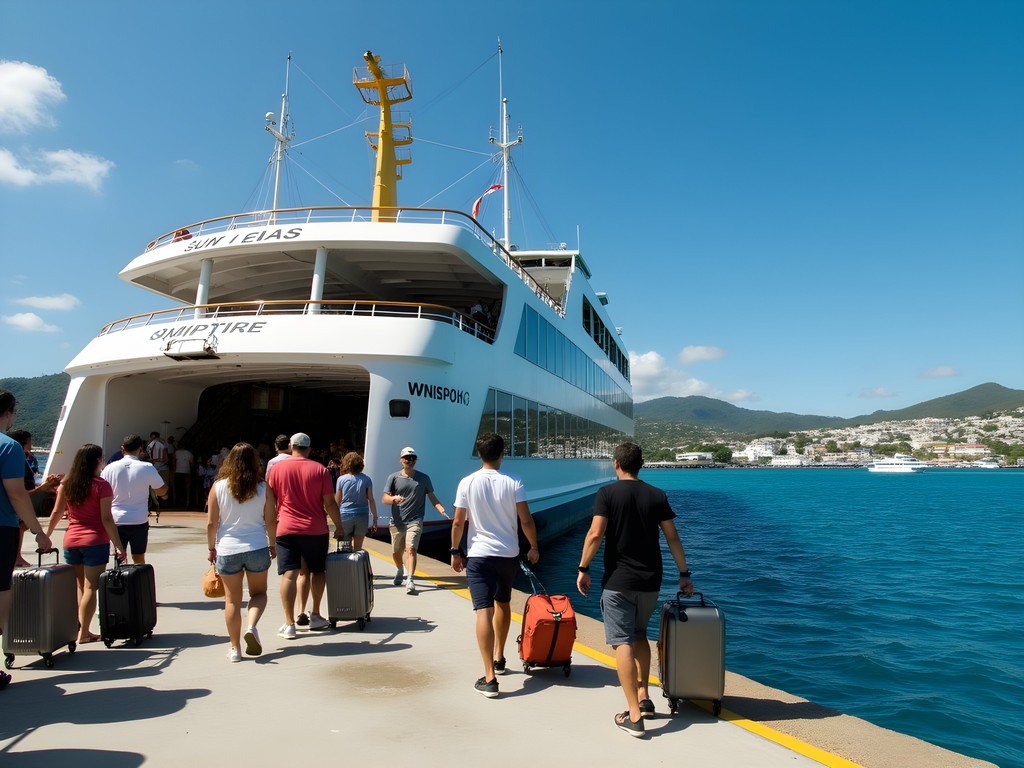
💡 Pro Tips
- Purchase ferry tickets 3-5 days in advance during peak summer season
- Arrive at the terminal 90 minutes before departure to secure preferred seating
- Pack motion sickness remedies even for short journeys as open-water sections can be unexpectedly rough
Aerial Island Access: Domestic Flights & Seaplanes
When time constraints outweigh budget considerations, Fiji's domestic air network offers unmatched efficiency. Fiji Airways and Northern Air operate scheduled services from Suva's Nausori Airport to regional hubs including Labasa, Savusavu, and Taveuni. For our archaeological expedition to document petroglyphs in Taveuni's interior forests last year, the 45-minute flight saved nearly two days of travel compared to sea routes.
For groups with archaeological or scientific objectives in remote locations, I recommend the expedition organizer to compartmentalize essential field equipment. The waterproof compartments protect sensitive instruments during transfers between aircraft and water taxis—a common requirement when reaching isolated field sites.
The ultimate luxury in Fijian island transportation comes via seaplane and helicopter services. Pacific Island Air and Turtle Airways operate from bases near Nadi, though special arrangements can be made for Suva departures. During my documentation of endangered cave systems in the remote Lau Group, we chartered a seaplane that landed directly before our luxury accommodations at Vatuvara Private Islands, eliminating complex boat transfers.
For photography enthusiasts in your group, aerial transfers offer unparalleled documentation opportunities. I never board without my polarizing filter which eliminates water surface glare, revealing submerged reef structures from above. The resulting imagery provides valuable scientific documentation while creating stunning visual records of your journey.
When coordinating aerial transfers for larger groups, weight restrictions become a critical consideration. I recommend investing in luggage scale to verify compliance before reaching the terminal, as excess charges in Fiji can be surprisingly substantial.

💡 Pro Tips
- Book flights at least 3 weeks in advance and reconfirm 48 hours before departure
- Request window seats on the aircraft's left side when flying to Vanua Levu for optimal reef viewing
- Prepare for frequent schedule changes due to weather conditions—always build buffer days into your itinerary
Local Connections: Water Taxis & Village Boats
The final component of a comprehensive Fiji transportation strategy involves navigating the informal networks of water taxis and village boats that connect smaller islands within each group. These vessels range from modern fiberglass boats with twin outboards to traditional wooden craft that have served island communities for generations.
During my research on traditional fishing practices in the Kadavu archipelago, we relied extensively on local water taxis to access remote villages. These arrangements typically operate without formal schedules, instead functioning on a request basis through local fixers or resort connections. For groups, I recommend establishing relationships with a consistent operator for the duration of your stay in each island group.
When utilizing these smaller vessels, protecting electronic equipment becomes paramount. I never board without my waterproof phone case which has preserved my documentation capabilities through countless wet landings on remote beaches. For more substantial equipment, a waterproof camera backpack provides essential protection during the inevitable spray encountered in open-water crossings.
Navigating these informal networks requires cultural sensitivity and patience. Scheduling operates on 'Fiji time'—a flexible approach to punctuality that honors relationships over rigid timetables. I've learned to embrace this rhythm rather than resist it, finding that respectful flexibility often results in unexpected opportunities, such as when our delayed departure from Ovalau led to an invitation to document a rarely-performed traditional fishing ceremony.
For those seeking to explore the limestone cave systems of islands like Kadavu or Taveuni, establishing connections with knowledgeable local guides is essential. These individuals not only facilitate transportation logistics but provide crucial insight into safe exploration practices and cultural significance of these sacred spaces.
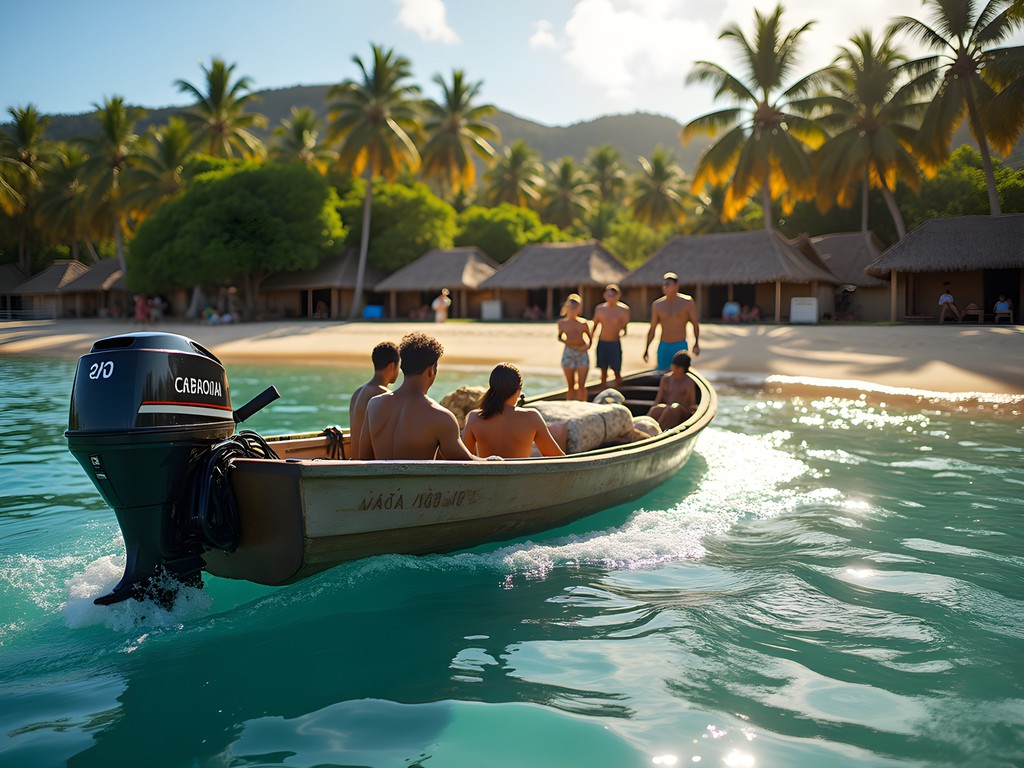
💡 Pro Tips
- Negotiate water taxi rates in advance and confirm whether the price is per person or for the entire boat
- Carry small denominations of Fijian currency as credit cards are rarely accepted for local transport
- Learn basic Fijian phrases—simple cultural respect often results in more reliable service
Final Thoughts
As our chartered vessel glides back into Suva Harbor after two weeks exploring Fiji's hidden archipelagos, I'm struck by how the journey between islands has become as meaningful as the destinations themselves. True luxury in Fiji isn't measured merely in thread counts or champagne selections, but in the privilege of accessing pristine ecosystems and authentic cultural encounters far beyond standard tourist routes.
Mastering Fiji's multi-modal transportation network transforms the archipelago from a single-island resort experience into an extraordinary expedition through one of our planet's most diverse marine and cultural landscapes. The complexity of these systems may initially appear daunting, particularly when coordinating for groups, but the resulting experiences—swimming through limestone caves illuminated only by natural light wells, documenting rare coral formations in untouched reefs, or being welcomed into remote villages where traditional practices remain vibrant—justify every logistical challenge.
As you plan your own Fijian odyssey, remember that the most meaningful explorations often require embracing a certain flexibility. In the delicate balance between meticulous planning and spontaneous adaptation lies the true art of island hopping in this South Pacific paradise. Vinaka vakalevu—thank you greatly—for joining me on this journey through Fiji's transportation tapestry. Until our paths cross on distant shores...
✨ Key Takeaways
- Establish Suva as your base for accessing Fiji's eastern islands rather than the more touristy Nadi
- Private charters become economically viable for groups of 6+ while providing access to otherwise inaccessible locations
- Combine transportation modes strategically—ferries for authentic experiences, flights for efficiency, and local water taxis for remote access
- Build buffer days into your itinerary to accommodate Fiji's flexible approach to scheduling
- Invest in proper waterproofing solutions for equipment as water exposure is inevitable during island transfers
📋 Practical Information
Best Time to Visit
May through October (Fiji's dry season)
Budget Estimate
$8,000-$15,000 per person for 2 weeks including luxury accommodations and private transfers
Recommended Duration
Minimum 14 days to properly explore multiple island groups
Difficulty Level
Advanced - Requires Complex Logistics Coordination And Comfort With Changing Conditions

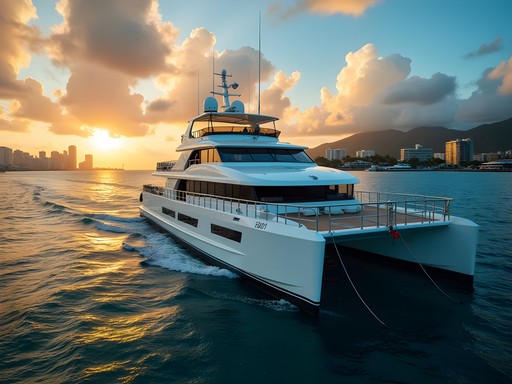
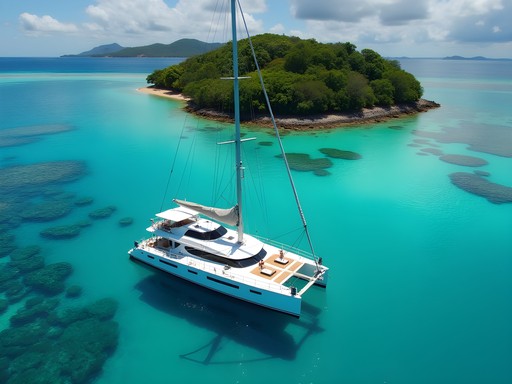
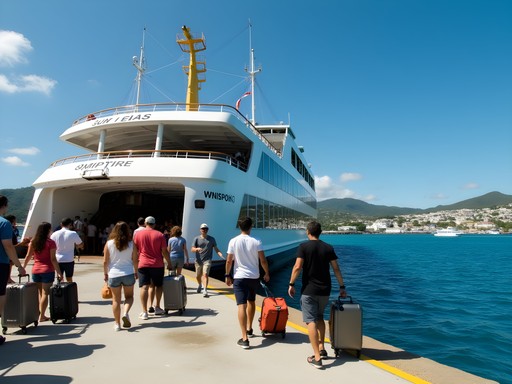
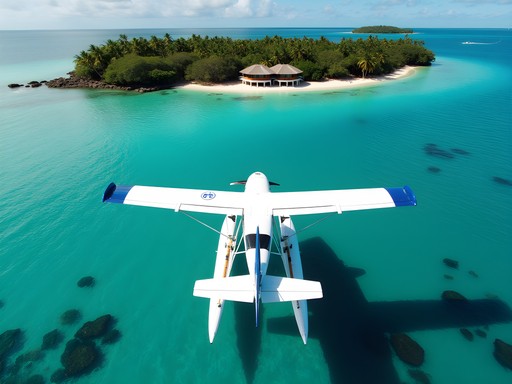
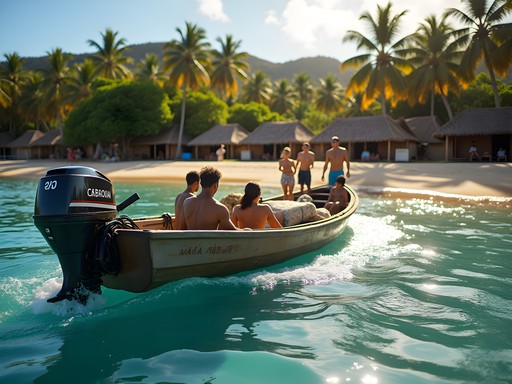










Comments
Kimberly Murphy
Isabella, this is EXACTLY the guide I needed three months ago! We did the island hopping from Suva but made the mistake of not booking our ferry tickets in advance during peak season. Ended up splurging on a seaplane to Kadavu which was amazing but blew our budget! For anyone planning a similar trip, I'd highly recommend the Yasawa Flyer if you're heading northwest - it's more tourist-oriented but super efficient. For exploring the eastern islands, we found the local ferries much more authentic but you need patience and flexibility with schedules. I used my waterproof bag constantly between islands - absolute lifesaver when transferring between boats in those tropical downpours!
IslandDreamerJane
The seaplane to Kadavu sounds incredible though! Worth the splurge for the views alone I bet?
Kimberly Murphy
Absolutely stunning! Seeing the reefs from above was magical. Just book way ahead if you're on a budget!
wanderlustclimber
Great post! I'm planning a trip to Fiji next year and wondering which islands near Suva are most worth visiting for someone who loves snorkeling but is on a budget? Did you find the public ferries reliable?
Kimberly Murphy
Not Isabella but I was there last year! The ferries to Beqa and Yanuca are pretty reliable and both have amazing snorkeling spots. Just bring motion sickness tablets - those waters can get choppy! The Beqa Lagoon is absolutely worth it for the soft coral.
wanderlustclimber
Thanks Kimberly! Beqa Lagoon sounds perfect. Did you stay overnight or is it doable as a day trip from Suva?
Kimberly Murphy
We did it as a day trip, but honestly wished we'd stayed overnight! There are some budget-friendly beach bures that won't break the bank. The sunset there is magical and you'll avoid the rush to catch the last ferry back.
OceanExplorer
If you're prone to seasickness like me, try to get seats in the middle of the ferry where there's less motion. Made a huge difference during my island-hopping adventure!
BackpackBuddy
Great post! Is it possible to do this on a backpacker budget or is Fiji strictly luxury territory?
FijiFan2000
Not Isabella but I did Fiji on a budget last year! The local ferries are super affordable and there are backpacker-friendly resorts on many islands. Skip the fancy resorts and you'll be fine!
BackpackBuddy
That's awesome to hear! Any specific islands you'd recommend for budget travelers?
FijiFan2000
Check out the Yasawa Islands - lots of budget options there. Waya Island was my favorite!
IslandDreamer
Those catamaran photos are stunning! Adding this to my bucket list ASAP!
Stephanie Romano
Isabella, this guide is gold! We did the island-hopping with our family last year, and I wish we'd had this info beforehand. The regional ferries were such a budget-friendly option compared to the seaplanes, though I have to admit splurging on a seaplane to Tokoriki for our last day was worth every penny for the aerial views alone. One tip for families: we found packing our dry bag essential for protecting cameras and phones during those wet transfers between boats and beaches. Did you find the locals on the smaller islands as wonderfully welcoming as we did?
TropicalTraveler92
The seaplane views are incredible! Did you book in advance or when you got there?
Stephanie Romano
We booked about a week before through our resort. Definitely recommend securing it ahead of time during peak season!
sunsetperson
This is exactly what I needed! Going to Fiji in January and was wondering if the ferry network is reliable during rainy season? Anyone have experience with this?
Stephanie Romano
We went last January with our kids! The ferries were mostly on time, but pack motion sickness meds - those waters get choppy. The Yasawa Flyer was great though, very reliable even with some rain.
sunsetperson
Thanks Stephanie! That's super helpful. Did you find it was worth visiting the smaller islands or should we stick to the main ones in rainy season?
Stephanie Romano
The smaller islands were actually our favorites! Even with occasional rain, places like Navini and Caqalai were magical. Just be flexible with your schedule and you'll have a blast!
bluefan
Great post! We're planning our first trip to Fiji next year and definitely want to see more than just the main islands. Is it realistic to visit 3-4 islands in a 10-day trip? Or should we focus on just a couple?
dreamtime
Not Isabella but we did 3 islands in 12 days and it felt perfect. Any more would've been rushing.
bluefan
Thanks for the insight! Which islands did you visit?
dreamtime
Viti Levu (main island), then Taveuni, and finally Vanua Levu. Travel between them took longer than expected but so worth it!
Mason Sullivan
Isabella, this brings back memories! I did a similar island-hopping route last year but on a much tighter budget. For anyone looking to save money, the local ferries are definitely an adventure worth experiencing. Yes, they're not luxurious, but the connections I made with Fijians on those journeys were priceless. One tip: bring a good waterproof bag for your electronics. I got caught in a sudden downpour while transferring from one boat to another near Ovalau. My dry bag saved my camera gear! Also, don't skip Kadavu if you can fit it in - fewer tourists and some of the best snorkeling I've experienced.
bluefan
How reliable were the local ferries? I'm planning a trip but worried about getting stranded if they cancel service.
Mason Sullivan
They're generally reliable during good weather, but delays happen. I'd recommend not planning anything time-sensitive the day after ferry travel. Also, always have a backup accommodation option on the island you're departing from, just in case!
bluefan
Thanks for the advice! That makes me feel better about using them. Did you book in advance or just show up?
Mason Sullivan
For popular routes during high season, definitely book ahead. Off-season you can usually just show up. The Suva-Savusavu route fills up fast though!
dreamtime
Those sunset photos from the catamaran are absolutely stunning! Adding this to my bucket list.
Venture X
Premium card with 2X miles, $300 travel credit, Priority Pass